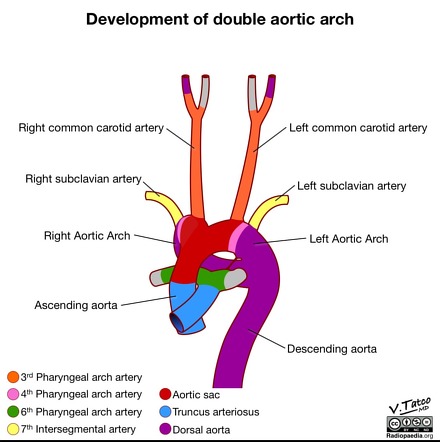

abrupt onset of severe pain in the chest, back or abdomen. Its diagnosis can be easily ignored or delayed unless one sees the classical clinical manifestation, i.e. No significant difference was observed in the prognostic value of receiver operating characteristic curves between the 2 models ( P = 0.716).Īortic arch type, Type III arch, Morphological feature, Acute type B aortic dissection INTRODUCTIONĪcute type B aortic dissection (aTBAD) is an aortic disease that occurs in the acute phase caused by a tear in the intimal layer of the aorta distal to the left subclavian artery, with subsequent separation of the media from the intimal layer, that allows blood to flow into the newly formed false lumen. Another binary logistic regression analysis indicated that the diameter at the mid-aortic arch and the aortic arch type were independent correlative variables associated with the aTBAD with an AUC of 0.874. Binary logistic regression analysis showed that the diameter at the mid-aortic arch, the ascending aorta length, the aortic arch angulation and the tortuosity index were independently related to the aTBAD with an AUC value of 0.887. The proportion of the type III arch in the patients with aTBAD is higher than that of the type I arch and the type II arch ( χ 2 = 70.187 P < 0.001). Compared with the control group, the diameters at the proximal aortic arch, mid-aortic arch and distal aortic arch, the angulation and the tortuosity index of the aortic arch were significantly greater in the aTBAD group.

The diameters at the sinotubular junction and the mid-ascending aorta, the ascending aorta length and the ascending aorta angulation in the aTBAD group were significantly greater than those of the controls. After propensity score matching, 151 matched pairs of patients were selected.


 0 kommentar(er)
0 kommentar(er)
